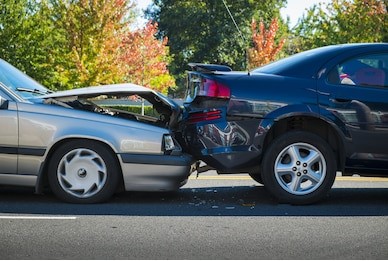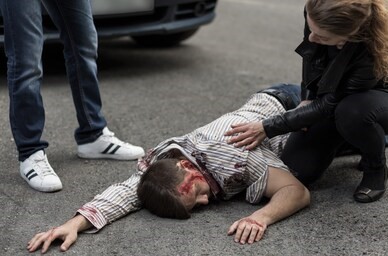A recent Georgia appellate case arose when the plaintiff, her great niece, her boyfriend and two friends went to the defendant’s fast food restaurant for dinner. The plaintiff had never been there before and the group got there while there was still light outside. She walked across the lot. Somebody in her group who was waiting at the door saw that there was a parking bumper out of place, sticking into the parking spot. In order to come into the restaurant she would have had to walk through that parking space. It is unknown how close she came to the bumper while approaching the restaurant.
When the woman’s group left that evening, it was getting dark. The pavement was dry but the lighting was poor. She and the others were talking by the door while her boyfriend and great niece went to the truck. When she said goodbye, she went towards the handicap ramp. She was looking ahead. She thought the top of the ramp was flush with the sidewalks, but photographs showed that it was actually not flush.
There was a step down from sidewalk to the parking lot at the edge of the ramp. There were no signs of yellow pain near the ramp to warn of height differential.
When she stepped down from the ramp, the plaintiff’s foot went sideways and twisted. Her shoe got caught between the ramp and the parking bumper. She had planned to step from the sidewalk to the ramp, but instead stepped directly into the parking lot. She twisted and fell into a parked vehicle, fell on her knee and rolled to sit on the ramp. She called for help. Her friends checked on her and said she had landed in a sitting position.
The woman took pictures of the area waiting for medical help. She saw the bumper was loose. One of her friends noticed the bumper was turned around with the bolt sticking up. He said the bumper must have been in that condition because the bolt was broken. In his view, however, the bumper’s state was obvious.
The woman’s photographs of the bumper from that night couldn’t be located at the time of her deposition. However, they were located later and showed the bumper angling towards the sidewalk. An employer testified they were accurate photographs. appeared in March 2008.
After the woman’s fall, a restaurant employee asked her questions and took an incident report. She told the employee her foot had gotten caught as she was coming off the sidewalk. She told her that she had twisted her ankle and scraped her knee in a fall.
A month later she and her boyfriend came back to take more pictures. Repairs had been made to the bumper according to her, but the restaurant disputed this. Employees said there was a daily safety inspection procedure, but there had been no obvious maintenance issues.
When she filed suit, the restaurant filed a motion for summary judgment, which was granted. The trial court ruled there were no issues of fact about whether the restaurant had actual or constructive knowledge of the dangerous condition or better knowledge of that condition. The plaintiff appealed.
The appellate court explained that in a slip and fall case, a plaintiff must plead and prove (1) the defendant knew or had constructive knowledge of the danger and (2) the plaintiff exercised ordinary care for her safety but lacked knowledge of the hazard because of the defendant’s actions or something under the defendant’s control.
Construing the evidence in her favor as required in summary judgment motions, the appellate court found that the drop-off was not visible from her vantage in inadequate lighting and there were no warnings placed. These created issues of fact for a jury. The appellate court reversed.
If you are hurt or a loved one is killed due to negligence, you may be able to recover compensation for your losses. Experienced Atlanta personal injury attorney Terrence R. Bethune can evaluate your case and fight for any compensation you may deserve. Contact us at 404-875-7800 or via our online form.
More Blog Posts
What is an Ante-Litem Notice in Georgia? February 28, 2014
Proximate Cause in Georgia Car Accidents, February 13, 2014
Tandem Driving Theory of Liability in Georgia Car Accidents, February 4, 2014
Subject Related Articles
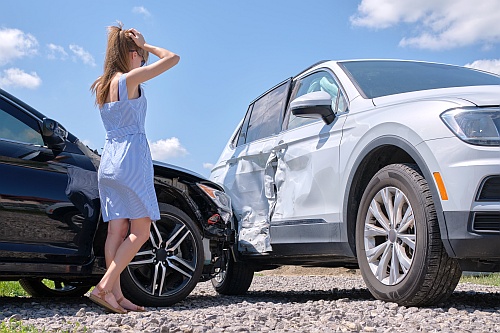
Navigating Macon Car Accident Claims: Step-by-Step Guide
You’ve been in a Macon car accident, and now you’re faced with insurance claims, police reports, car repairs, and more. It can feel overwhelming trying
June 24, 2024
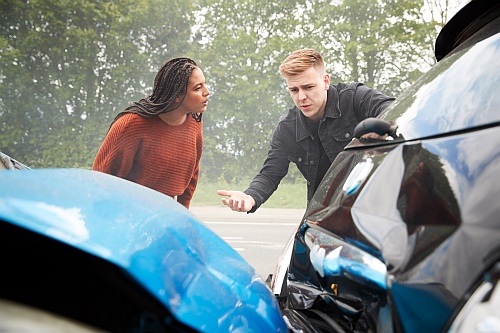
Avoid These Mistakes After a Car Accident in Carrollton
You’ve just been in a car accident in Carrollton. Even minor fender benders can be stressful events. But before you step out of the car
May 20, 2024
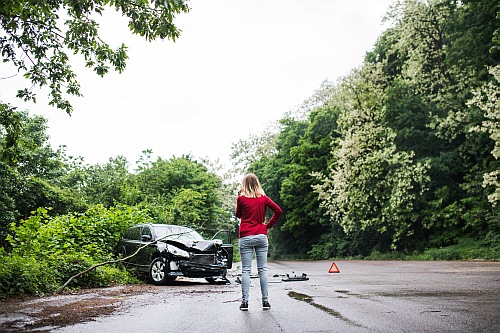
What to Do After a Hit-and-Run Accident
So you’ve just been in a hit-and-run accident. Your first thought is probably to chase down the other driver, but that may not be the
April 19, 2024
